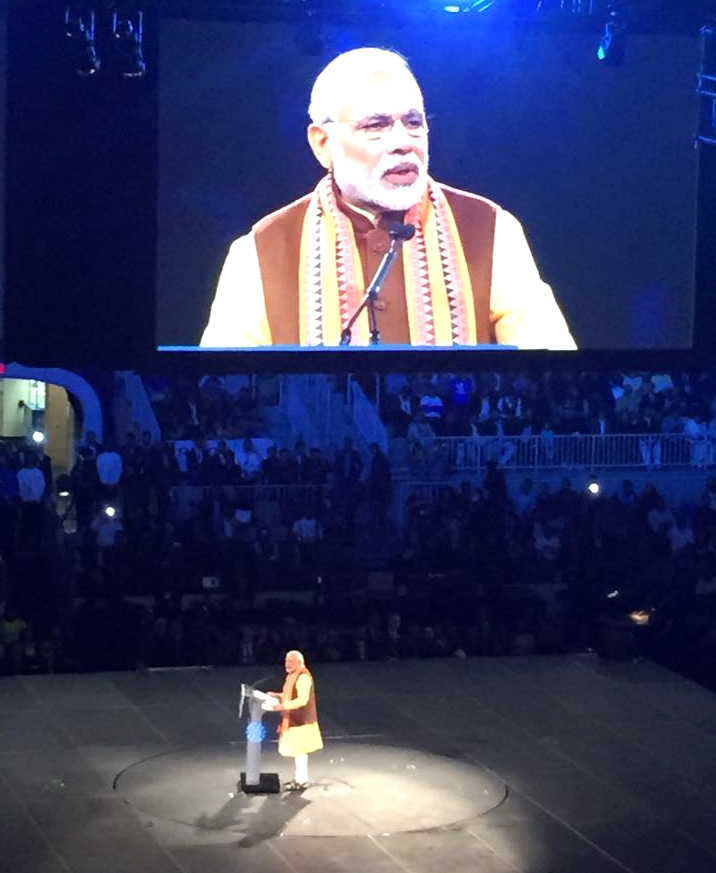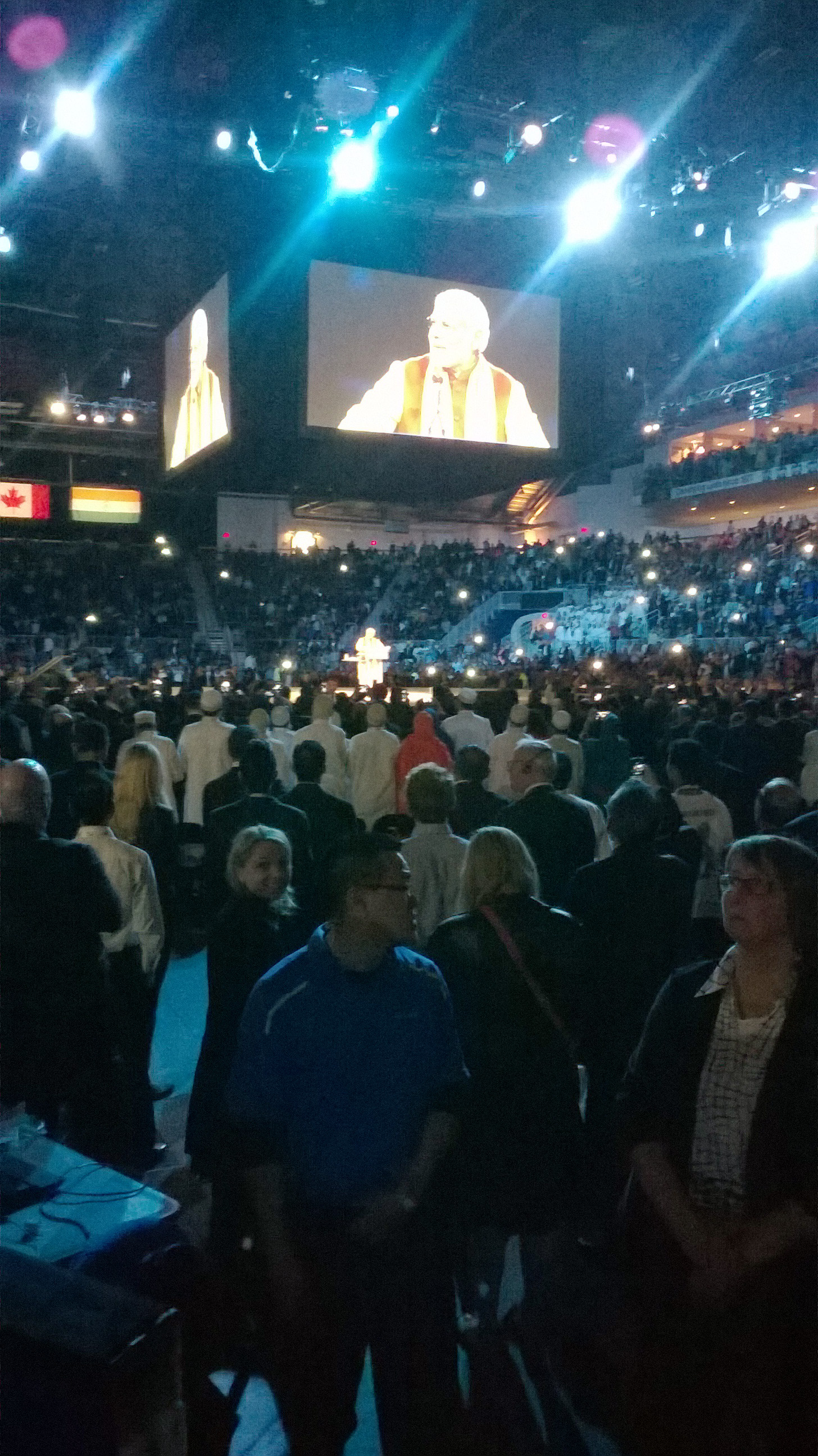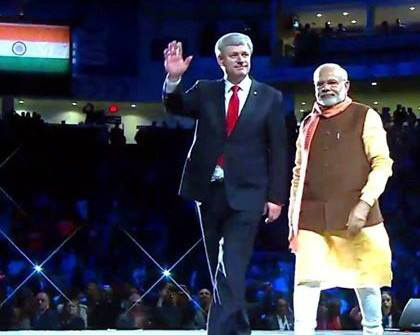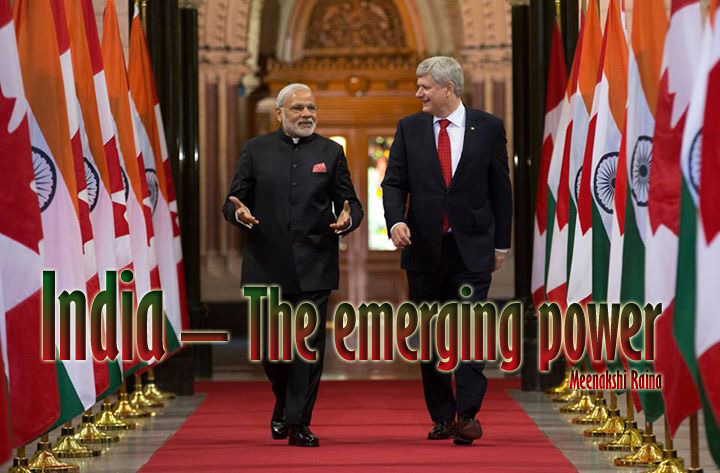India - The emerging Power

|
|
|
| India represents the oldest civilization in the world. It is the seventh-largest country by geographical area, the second-most populous country with over 1.2 billion people and the largest democracy in the world. Having earned its Independence from the British rule on August 15, 1947, today after 67 years of independence India stands united as a single largest democratic entity. The spiritual and social structures that define India’s identity have remained intact even though it suffered numerous invasions and European colonialism. The diversity of India is clearly prominent in its people, culture and climate. The rich history and geographical diversity makes India’s international tourism appeal large and diverse. India’s potential as a tourist destination is high considering its cultural heritage and the tourist attractions. States like Punjab, Haryana, Maharashtra and Gujarat are considered the prosperous states. Delhi, Calcutta, Mumbai and Chennai are the four main cities of India where the urban population is more towards modernization. 
Mumbai is the commercial, financial and entertainment centre of India. Indian movies, music and spiritual teachings play an increasing role in global culture. India produces the largest number of movies in the world. While Mumbai is considered the entertainment centre, Bangalore is the technology centre. Most of the high technology companies that operate in India are centered in Bangalore which is also seen as the most westernized city in India.  India has tried hard to pull itself out from widespread illiteracy and has managed to bring its education system at par with the global standard. In recent years there has been a significant increase in the number of schools and rapid changes in the education system. India has taken confident strides on its road to scientific development. It takes pride in its space programs, which began with the launch of its first satellite Aryabhatta in 1975. Since then, India has emerged as a space power that has successfully launched foreign satellites.
India has tried hard to pull itself out from widespread illiteracy and has managed to bring its education system at par with the global standard. In recent years there has been a significant increase in the number of schools and rapid changes in the education system. India has taken confident strides on its road to scientific development. It takes pride in its space programs, which began with the launch of its first satellite Aryabhatta in 1975. Since then, India has emerged as a space power that has successfully launched foreign satellites.India’s first mission to Mars was launched by Indian Space Research Organization (ISRO) in November 2013. The Mars Orbiter Mission (MOM) is a spacecraft orbiting Mars since September 2014. India is the first nation to do so on its first attempt. The global image of India is that of an upcoming and progressive nation with world class scholars and entrepreneurs. A major development in India’s services sector has been that of telecommunications and information technology. A trend that started more than two decades ago is now well in its prime. Due to cost effectiveness, several multinational firms continue to outsource their IT services to India. The achievement of expertise in the field of information technology has led to the generation of thousands of new jobs and attracted more foreign direct investments to meet the rising demand. Today, India has made huge strides in the IT sector and is considered among the world’s leaders on this front. Economic liberalization, which began in the 1990s, created a large urban middle class and transformed India into one of the world’s fastest-growing economies. The middle class of India is conservatively estimated at 180 million people. For these reasons, many international companies from different fields have invested in India. There are many business sectors in which India has huge potential, like telecom, and credit cards, which involves millions of people. The Indian middle class, who are the target consumers for many companies, is expected to swell to 267 million people in the next five years, thus providing a great market opportunity for firms, according to a report by the National Council for Applied Economic Research (NCAER). The new government in India, which emerged under the leadership of Prime Minister Narendra Modi, has been fairly clear on its foreign policy and economic development. The Modi wave in India didn’t end after the elections were over but emerged as a vision that would take India ahead of the rest of the developing nations.  Prime Minister Modi’s visit to the United States and now to Canada is a clear indication of his seeking establishing Brand India and being proactive to achieve his set goals. Changing India’s image in the international arena demands successful marketing so that it can attract and facilitate foreign direct investments. Along with the policy changes, India is also trying to rebrand its image with its marketing plan and in future sees itself as a destination for investments. Indian economic growth has been accelerating and is projected to have increased to 7.4 per cent in the fiscal year 2014-2015, thus representing exciting opportunities for Canadian businesses.
Prime Minister Modi’s visit to the United States and now to Canada is a clear indication of his seeking establishing Brand India and being proactive to achieve his set goals. Changing India’s image in the international arena demands successful marketing so that it can attract and facilitate foreign direct investments. Along with the policy changes, India is also trying to rebrand its image with its marketing plan and in future sees itself as a destination for investments. Indian economic growth has been accelerating and is projected to have increased to 7.4 per cent in the fiscal year 2014-2015, thus representing exciting opportunities for Canadian businesses.Prime Minister Modi’s visit will foster closer ties between India and Canada, and will generate a positive outcome in terms of strategy formulation for business and investments. It will also provide an opportunity for the leaders to reaffirm the close relationship between the two countries and to discuss ways to further broaden its scope. |
| |
 *Meenakshi Raina is from Toronto, Canada and is the author of the historical fiction ‘The Divine And The Destiny’. Currently she is writing short stories for her upcoming book.
*Meenakshi Raina is from Toronto, Canada and is the author of the historical fiction ‘The Divine And The Destiny’. Currently she is writing short stories for her upcoming book. |
| |
